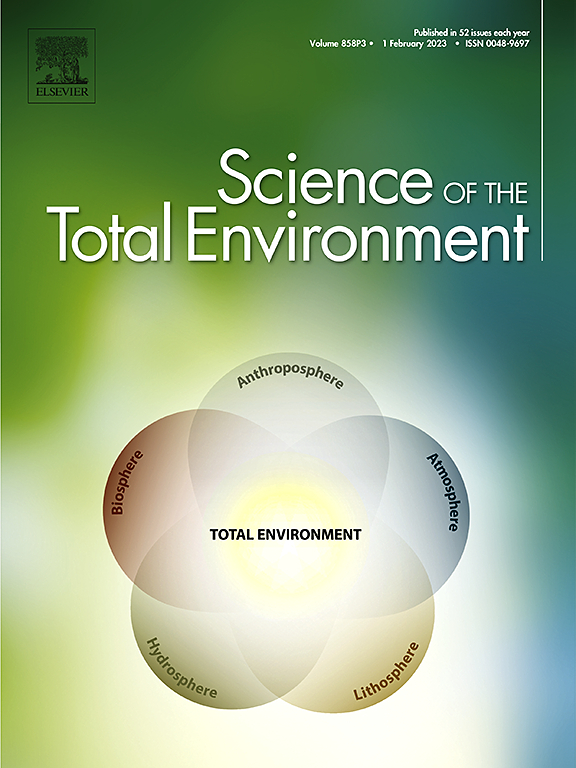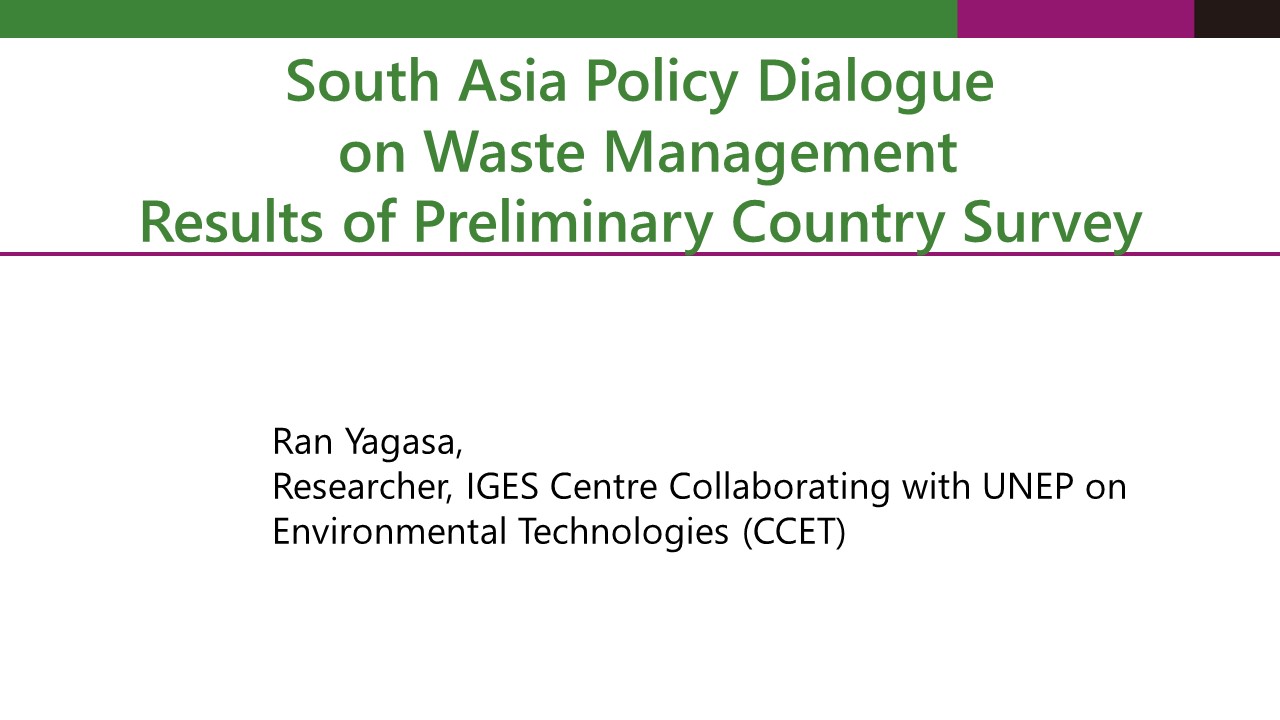A comprehensive analysis of the crop effect on the urban-rural differences in land surface phenology
In Science of The Total Environment
The response of land surface phenology (LSP) to the urban heat island effect (UHI) is a useful biological indicator for understanding how vegetated ecosystems will be affected by future climate warming. However, vegetation cover in rural areas is often dominated by cultivated land, whose phenological timing is considerably influenced by...




